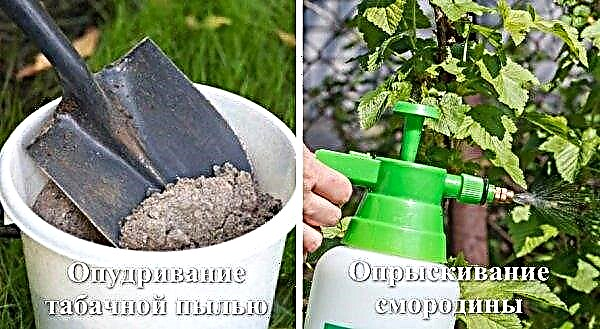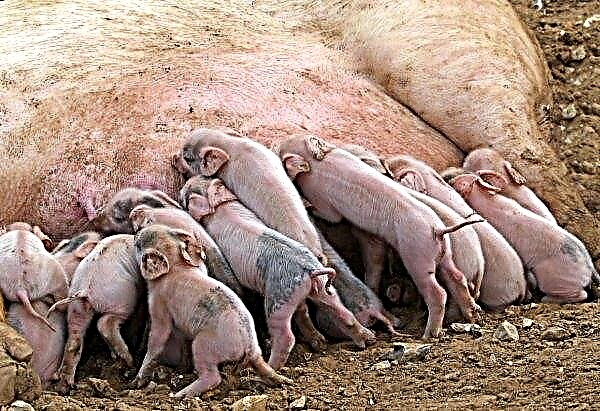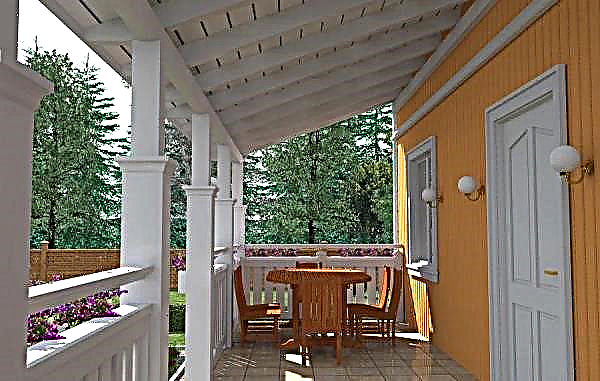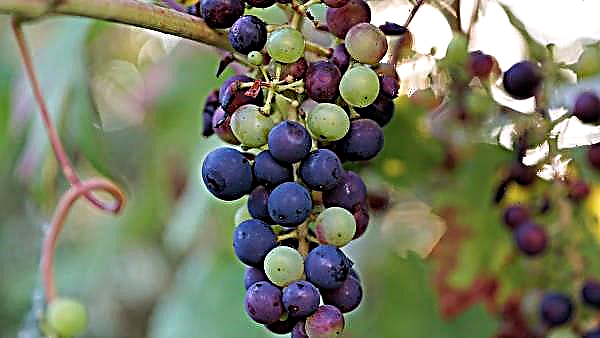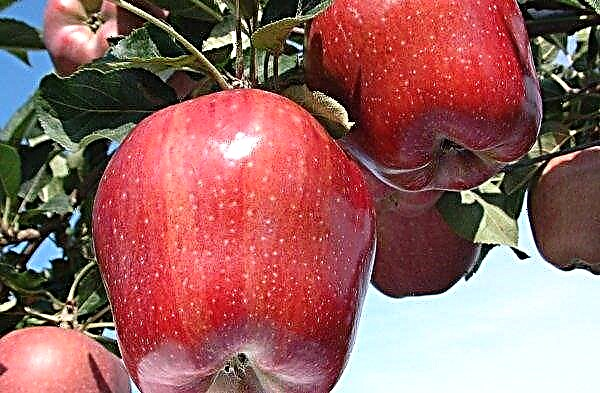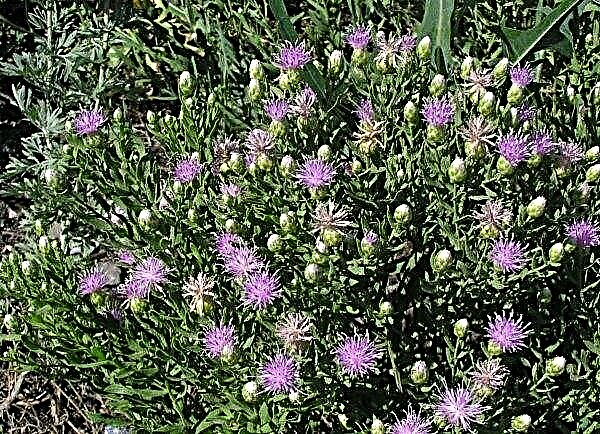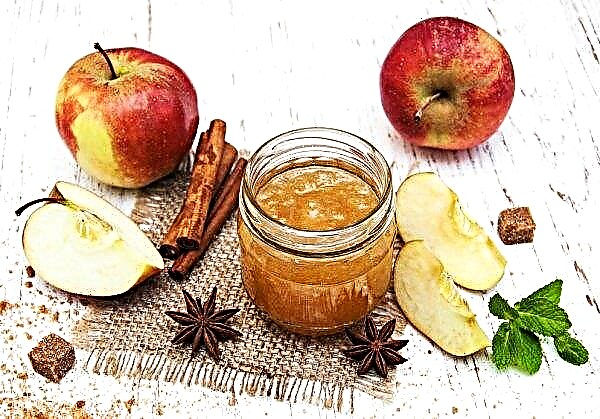Among many varieties of tomatoes, Palka tomatoes stand out especially - all because of their exotic appearance. In our country, this variety is not very popular, so today we will talk about the many advantages of these tomatoes.
Grade description
The variety has the following main characteristics:
- it has an average maturity;
- tomatoes are grown in seedlings;
- the bushes are tall, they do not have lateral shoots, so they take up little space on the bed, which allows you to plant seedlings quite densely;
- the plant has a high resistance to disease;
- average productivity - up to 1.5 kg from one bush;
- seeds can be harvested from the fruit on their own, which can last up to 5 years;
- the plant has three long stems, small, corrugated leaves, bundled. On each trunk, up to 5 brushes are formed, on which an average of 6 fruits are tied.

Advantages and disadvantages
- Tomatoes of the described variety are characterized by such advantages:
- they are mid-season;
- it is convenient to care for them due to the lack of side shoots and large leaves;
- they are grown both in the garden and in the greenhouse;
- plants take up little space, so they can be planted densely;
- resistant to disease;
- they can be stored for a long time;
- seeds of this variety can be harvested.
Did you know? In various sources, you can find different names for this variety: Stick tomato, Curl tomato, Terry or Curly tomato.
Self-growing seedlings
These tomatoes are grown only with seedlings. We will talk about the features of this process further.
Optimum timing for sowing
Seeds are best sown in the first days of March (no later than the 10th day). From sowing to planting plants in the garden should be at least 60 days. Otherwise, the fruits do not have time to ripen.

The soil
For sowing seeds for seedlings, you can buy a ready-made soil mixture or substrate. It is possible to independently prepare the soil by mixing 2 parts of humus and 1 part of chernozem and sand.
The prepared soil is decontaminated in this way: it is laid out with a layer of 1.5 cm on a baking sheet and kept in the oven at 120 ° for about 45 minutes.There is another method of disinfecting the soil: dissolve 3 g of potassium permanganate in 10 l of water. Warm the solution, water the soil with it. You can also disinfect with a fungicide solution using the same proportion.
Capacity for growing
Seedlings are grown in any dish based on the preferences of the gardener. You can use shallow boxes, individual cups or peat tablets.

Seed preparation
Seeds must be decontaminated before planting. To do this, place them for half an hour in a 1% solution of boric acid. Instead, you can use a solution of potassium permanganate (1 incomplete teaspoon per liter of water) - place the seeds there and hold them for 20 minutes, then rinse with slightly heated water.
Then the seeds are laid out on a damp cloth, wrapped in polyethylene and placed in a warm place for a couple of days.
Important! To ensure quick seedlings, they can be soaked in a growth stimulator - it is best to use the Epin-Extra preparation (1-3 drops per 100 ml of water). In the solution, you should hold the seeds for up to 6 hours.
Sowing seeds
In the container, make small grooves at a distance of 3 cm. Lay out the seeds at a distance of 1.5 cm. After they are sprinkled with a 1 cm thick layer of earth. Next, cover the container with a film and put it in a warm place with a temperature of about + 22-25 ° C.
Seedling Care
After the germination of tomatoes in a well-lit warm place, the film must be removed. When 2-3 bundles of leaves appear, pick a tomato.

Seedling hardening
About two weeks before planting seedlings in a permanent place, it must be tempered. First, for half an hour, and then gradually increasing the time to 2 hours, it is carried out every day to fresh air.
Planting seedlings in a permanent place
Seedlings are planted in late May, when a stable temperature regime is established and the earth warms up. It is better to do this in the evening when it is not hot outside. Depending on the method of growing tomatoes, they are planted at different distances. If you plan to grow plants in one stem, plant them at a distance of 15 cm from each other. When growing in 2-3 stems, the distance between adjacent tomatoes should be at least 30 cm.
Before planting plants on the bed, properly prepare the soil. To do this, combine the turf and humus in a 1: 1 ratio and apply to the soil.Did you know? On one square meter, 30 bushes of tomatoes can be grown.

Outdoor Care
Next, we consider the nuances of caring for Stick tomatoes.
Watering
Stick tomatoes are very fond of moisture. They should be watered abundantly every 2 days in dry weather. If it rains outside, water the plants less often (every 3-4 days).
Top dressing
You can feed tomatoes at your discretion. It is good to use mineral fertilizers. For example, you can fertilize the soil immediately before planting seedlings. For this, 1 square. 4 g of potassium, sodium and phosphorus are introduced into the earth.
You can use a peat mixture - it will need 4 kg per 1 sq. m. Strengthen the effect of top dressing with potassium and phosphorus (50 g each).

It is useful to water the tomatoes 2 times per season with mineral fertilizers diluted in water. To do this, use 10 g of ammonium nitrate, 25 g of superphosphate and 15 g of potassium chloride in 10 liters of water.
Good fertilizer is ash. It can also be sprinkled on the surface of the soil before planting seedlings.
Choose a fertilizer method depending on your own preferences.
Stepson
Due to the fact that small leaves are located on the stems and there are no lateral shoots, it is not necessary to carry out pinching. This greatly facilitates the cultivation of the variety in question.
Soil care
In order not to decrease the yield of tomatoes, you need to properly care for the soil in which they grow.
Carry out such maintenance work:
- When weeds appear on the bed, they need to be weeded out immediately - they can collect the spread of various diseases. In addition, excess plants will interfere with good lighting beds.
- The soil needs loosening. Do this every 2-3 days - this way oxygen will be open to the root system.
- Spud tomatoes often. Furrows formed after this retain moisture well.
- Do not forget about mulching. It is very good to use straw for this - it protects plants from rot and various bacteria and cools the earth in high heat. Spread the straw on the bed with a layer of 15 cm. After a while, it will settle, and its thickness will be about 5 cm - you do not need to report it.
Bush tying
Since the stems of these tomatoes are very fragile, they need to be tied so that they do not break. Tie the tomatoes with a thin and strong cord to a wooden or metal support, deepened into the ground near the bush. If necessary, you can tie 2-3 times as the tomatoes grow.

Preventative treatment
Despite the fact that the grade "Stick" is resistant to disease, regular prevention is necessary. It is best to use potassium permanganate for this - it destroys all pathogens of diseases, and also relieves the plant of pests. To prepare the solution, use 5 g of potassium permanganate per 1 liter of water and water the tomatoes for three consecutive days every three weeks.
Important! If you notice signs of a tomato infection with a mosaic, remove the diseased bushes from the garden with a lump of earth near the root. A plot of land under the bush and near it, process the same solution of potassium permanganate.
Harvesting
Tomatoes begin to bear fruit in 3.5–4 months after sowing seedlings. They can be stored for a long time in a cool, dark place. They use fresh tomatoes and very often use them for preservation. Also, the fruits tolerate transportation well due to the elastic skin.

As you can see, the "Stick" tomatoes are quite simple to grow. Therefore, it is worth trying to grow this variety in the garden: subject to the above recommendations, you will definitely be pleased with the results of your work.
Network user reviews
Received at the end of last year on the exchange from the United States this very unusual variety of tomato. It looks so exotic that I’m going to plant at least a few plants in a greenhouse and a few in the open ground. As you can see, it has bare stems and compact leaf rosettes with large gaps between nodes. Excellent light access and ventilation. They say that it is very resistant to late blight and gives a good crop of red rounded and flat-rounded fruits (100-120 g). In the greenhouse it extends up to 1.5-2 m, and in the open ground up to 1 m. This is a mutated variety from the usual without binding radiation and transgenic engineering.
http://dacha.wcb.ru/index.php?s=c79100f9b6956187cb730ef6329333b6&showtopic=10885&view=findpost&p=196952



